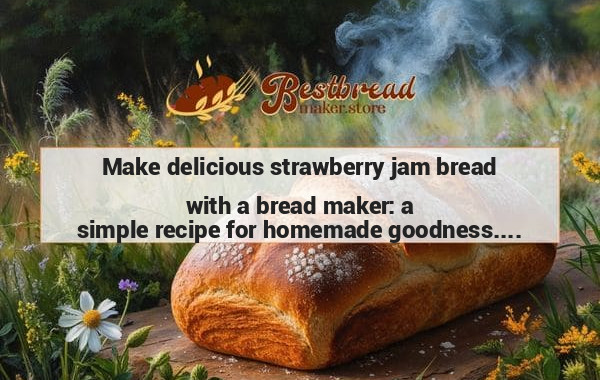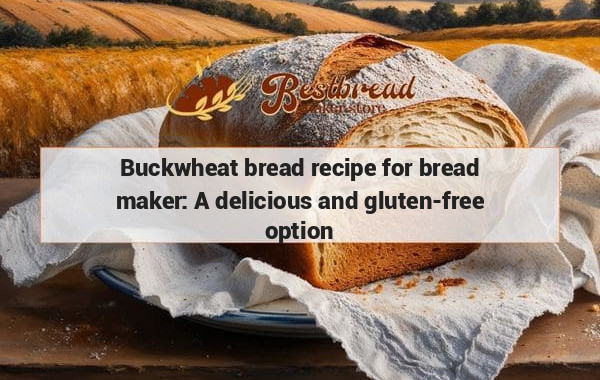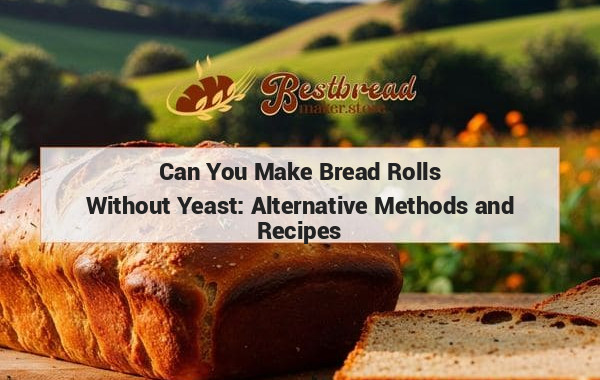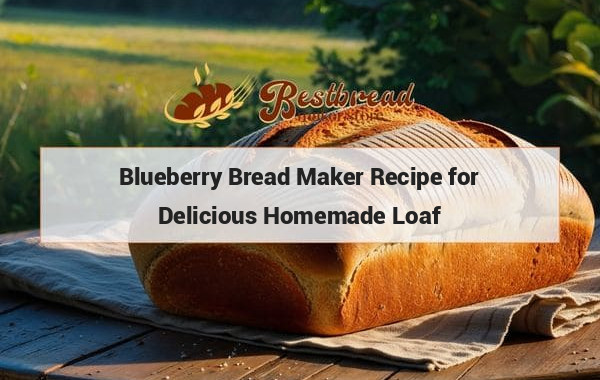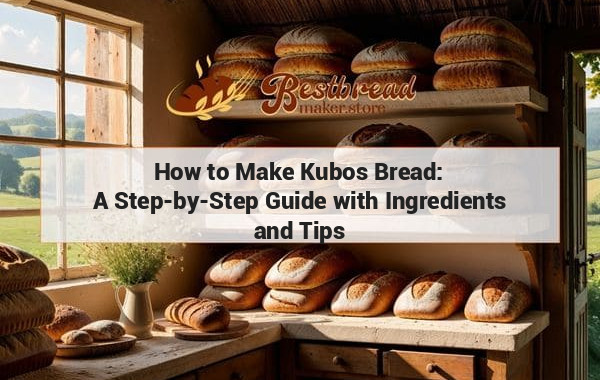How to Make Bread with Soft Crust: Easy Recipe and Tips
To make bread with a soft crust, try baking at a lower temperature for a longer time. Covering the bread with a damp cloth while it cools can also help maintain a soft crust. Additionally, adding milk, butter, or sugar to the dough can contribute to a softer crust. Experiment with different techniques to achieve the desired result.
Making bread with a soft crust is easier than you might think. With the right ingredients, techniques, and a bit of patience, you can enjoy homemade bread with a perfectly soft crust, just like from a bakery. Let’s dive into how you can achieve that tender, delicious crust at home.
Key Takeaways
Bread with a soft crust is made by adjusting baking techniques, using the right ingredients like fats and sugars, and creating a humid baking environment. This ensures moisture is retained, making the crust soft.
Why a Soft Crust Matters in Bread Making
Achieving a soft crust in bread-making is essential for those who prefer tender, melt-in-your-mouth slices rather than a crispy, crunchy exterior. Soft-crusted bread works wonderfully for sandwiches, dinner rolls, and everyday loaves. So, how do you ensure your bread has that pillow-soft crust? It all comes down to the baking process, ingredients, and the environment in which you bake your bread.
A soft crust typically indicates a moist, enriched dough with ingredients like butter, oil, or milk that add richness and softness. These ingredients create a humid environment within the dough, which helps retain moisture during baking.
Ingredients for a Soft Crust
The first step in making bread with a soft crust is choosing the right ingredients. Here are a few key components that contribute to softness:
Fat Content
Incorporating fats like butter, oil, or shortening is one of the best ways to ensure your bread has a soft texture and crust. Fats coat the gluten strands, preventing them from forming too strong a structure, which would otherwise lead to a denser loaf with a crispy crust. By adding fats, you also enhance the moisture retention of your dough, creating a tender crumb and soft outer layer.
Sugar and Dairy Products
Adding sugar, honey, or other sweeteners not only enhances flavor but also softens the bread’s crust by attracting moisture. Dairy products like milk or cream provide additional fats and sugars that encourage a softer, more tender crust. The proteins and sugars in milk help to brown the bread while keeping the crust delicately soft.
Humidity in the Oven
Maintaining a humid baking environment is another crucial factor. Moisture in the oven helps to prevent the crust from drying out. This can be achieved by placing a pan of water on the bottom rack of your oven during baking. The steam generated by the water helps to keep the surface of the bread moist, which in turn leads to a softer crust.
Techniques for Achieving a Soft Crust
Now that you have the ingredients right, the next step is focusing on techniques that help you get that soft crust you’re after. Here’s how:
Covering the Bread After Baking
Once your bread is out of the oven, covering it with a clean kitchen towel or placing it in an airtight container while it’s still warm helps to trap steam around the crust. This steam prevents the crust from becoming too dry or hard as it cools.
Baking at a Lower Temperature
Bread baked at a lower temperature (around 350°F) will tend to have a softer crust because it prevents the sugars from caramelizing too quickly, which would otherwise create a hard shell. A slow, even bake encourages a more uniform, soft finish across the bread’s surface.
Using a Dough Enricher
Commercial dough enhancers often contain ingredients like lecithin or other emulsifiers, which help keep the bread soft. While you don’t need to use enhancers for most homemade bread, they can be particularly useful if you're aiming for a super soft crust on rolls or sandwich loaves.
Enriched Bread Dough for Soft Crusts
Most bread with soft crusts starts with enriched dough, which means the dough includes ingredients beyond just flour, water, yeast, and salt. These enrichments contribute to both the softness of the crumb and the crust.
Adding Eggs
Eggs add richness and moisture to bread dough. They help to create a tender crumb, while also aiding in the softness of the crust by keeping it moist during the bake.
Milk and Butter
As mentioned earlier, dairy products like milk and butter not only contribute to a richer flavor but also to a softer crust. The fats in butter and milk help to trap moisture inside the dough, preventing the outer layer from drying out during baking.
Choosing the Right Bread Maker for Soft-Crust Bread
If you're serious about making bread with a consistently soft crust, investing in a quality bread maker is worth considering. Bread makers come equipped with various settings that allow for precise control over the baking process, ensuring that you get the results you're looking for. A good bread maker will have customizable settings for crust color, allowing you to select a lighter, softer crust.
For recommendations on the best bread makers, check out bestbreadmaker.store. They offer a variety of models suited for creating the perfect soft-crust bread at home, making the process easier and more efficient.
Frequently Asked Questions (FAQs)
1. What makes the crust of bread soft?
A soft crust is achieved by adding fats (like butter or oil), dairy products (such as milk or cream), and baking in a humid environment. These factors help retain moisture in the dough and prevent the crust from becoming too hard.
2. How do you keep homemade bread soft after baking?
To keep bread soft after baking, cover it with a clean towel or store it in an airtight container while it’s still warm. This traps steam, helping to keep the crust from drying out.
3. Can you make soft-crust bread without a bread maker?
Yes, soft-crust bread can be made without a bread maker by using the right ingredients (like fats and sugars) and techniques (such as baking at a lower temperature and creating a humid environment in the oven).
4. Does sugar help in softening bread crust?
Yes, sugar helps to soften the bread crust by attracting moisture. It also aids in browning, which can further contribute to a soft and tender crust.
5. What is the best flour to use for soft-crust bread?
Bread flour, which has a higher protein content, is typically used for soft-crust bread as it helps create a strong dough structure. However, the addition of fats and dairy products softens the crust and the crumb, making it suitable for soft-crust loaves.
By understanding the role of ingredients, techniques, and tools, you can easily create delicious bread with a soft crust at home. Whether you're baking with a traditional oven or a modern bread maker, the right approach will lead to a loaf that’s perfect for any occasion. Happy baking!



